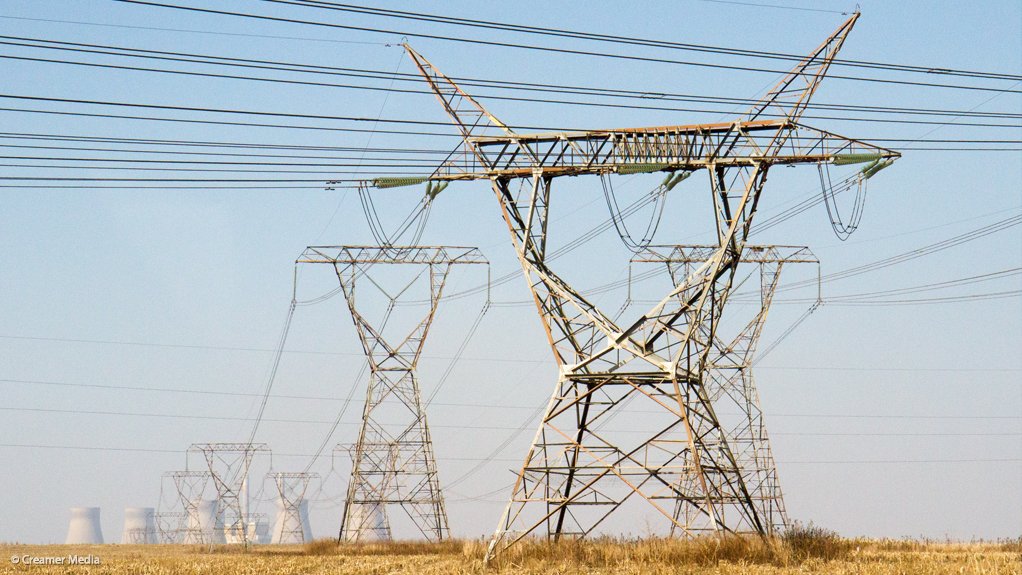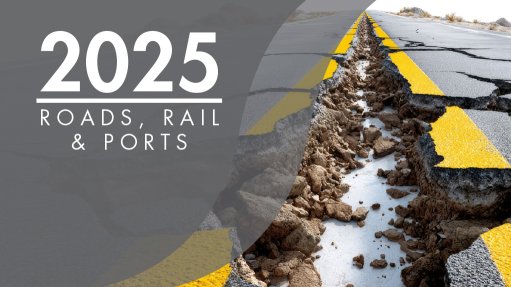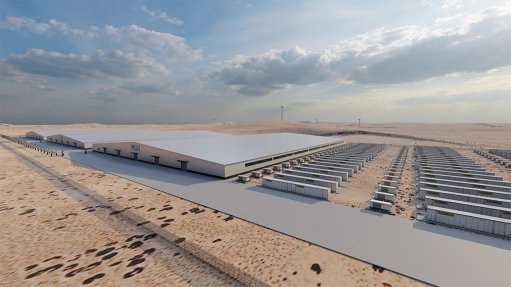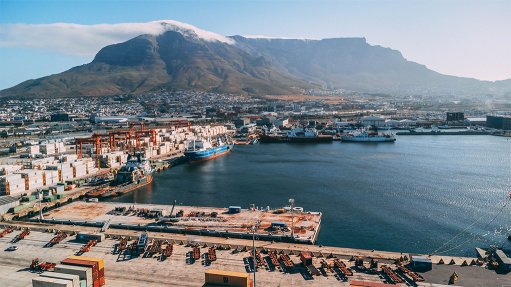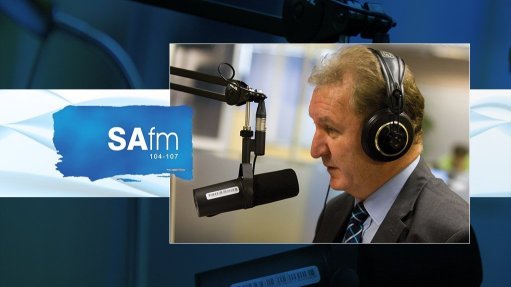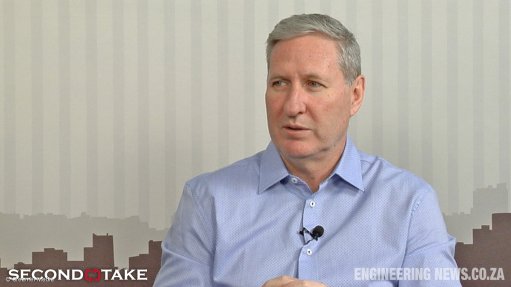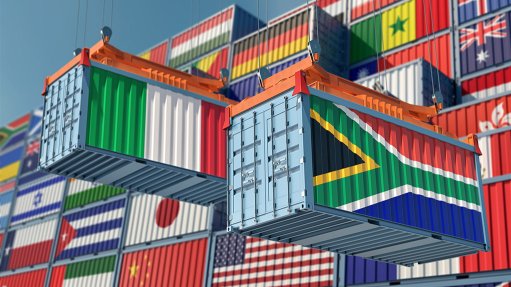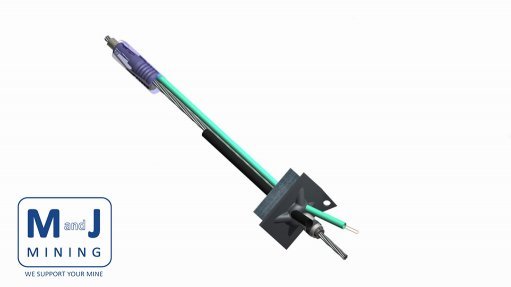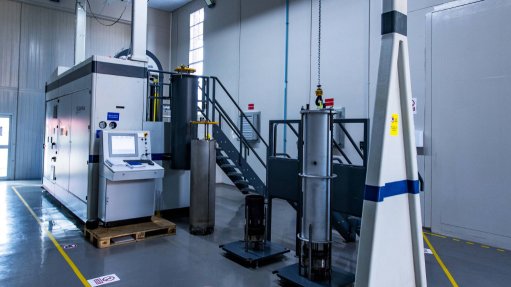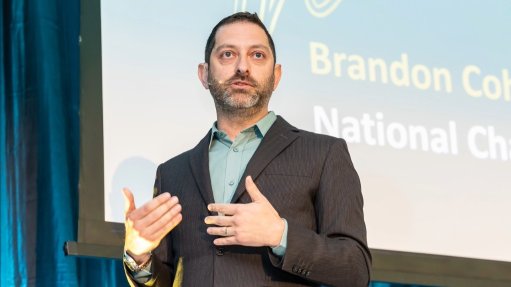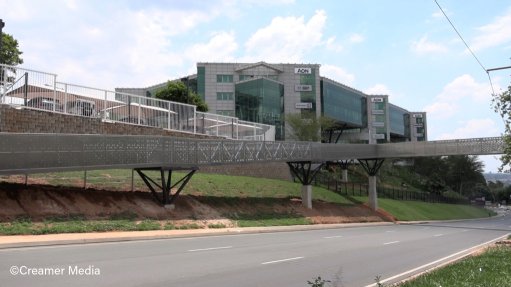Longer-term demand-side support needed to realise universal electricity access in Africa – IEA
African countries need $150-billion of investment to realise universal electricity access by 2035, which equals $15-billion of investment every year; however, less than $2.5-billion was committed for electricity access connections in sub-Saharan Africa in 2023.
This insufficient capital is a key obstacle to expanding electricity access to the 600-million people who are without it on the continent, the International Energy Agency (IEA) states in a new report titled ‘Financing Electricity Access in Africa’.
The IEA says that, despite a challenging macroeconomic backdrop, mounting pressures on domestic budgets in African countries and recent cuts to development aid, universal access to electricity across sub-Saharan Africa can be achieved within the next decade with the right enabling conditions and strong action by governments, the private sector and development finance institutions.
More than 70% of the investment committed in 2023 came from international public finance, which reached $1.8-billion, while the private sector contributed less than 30%, which amounted to $640-million.
The IEA explains in a scenario in which universal access in sub-Saharan Africa is achieved by 2035, overall investment is much higher, and 45% of it would need to come from private investment.
To achieve this, the report recommends a series of targeted regulatory changes, as well as incorporating electrification strategies into national planning and rural development programmes. This would help increase electricity demand and support sustainable economic development in rural areas, which in turn would help draw in private funding.
The report also lays out methods to drive a tenfold increase in equity financing for access projects, a crucial lever for quickly scaling up investment.
Moreover, the IEA sees a strong role for grants – although it notes that improvements to results-based financing are needed to maximise their impact.
Concessional finance resources would account for about 40% of total investment over the next decade on a pathway to universal access by 2035.
The IEA report calls for adopting a strategic approach that focuses resources on areas that cannot be serviced by the private sector. These include low-income and vulnerable communities, the early stages of project or company development, and technical assistance and capacity building.
According to the report, financing currently skews towards urban areas, even though 80% of the population without electricity access lives in rural regions.
It is also geographically concentrated, with half of finance flows channelled to only six countries.
To tackle these discrepancies, the IEA recommends the continued development of new and innovative financing mechanisms that can help direct investment towards decentralised energy solutions, such as minigrids and solar home systems.
Targeted financing approaches are also needed for communities living in informal settlements, fragile States and vulnerable humanitarian contexts, which account for a significant share of the population without access today.
The IEA says that, to reach the $150-billion in cumulative investment that is required over the next ten years, about $7-billion a year is required for the expansion of grid networks and $5-billion a year for minigrids, while $3-billion of investment a year will solve for solar home systems.
The report further emphasises that beyond connecting households to electricity, additional finance of at least $2-billion a year is necessary to ensure that basic levels of energy service are affordable.
The IEA analysis shows that about 220-million people in Africa – or about 40% of those without electricity access – are unlikely to be able to afford a “basic bundle” of services, based on today’s income and subsidy levels, while 400-million people would not be able to afford an “essential bundle”.
To tackle this issue, concessional capital can be deployed to reduce financing costs and open the door for more private sector financing, while governments could consider deploying time-bound subsidies to consumers or developers.
DEMAND-SIDE SUBSIDY
The IEA explains that providing developers with cheaper capital or additional grants to lower capital costs can improve affordability, but demand-side subsidies remain essential.
The weighted average cost of capital for electricity access projects can be up to four times higher than transmission and distribution projects in advanced economies.
This is owing to a combination of higher country risk premiums, the smaller project sizes and the high risks associated with the end-users.
Bringing the cost of capital down to advanced economy levels would reduce project costs by up to 25%, making basic electricity services affordable for 40-million more people.
The IEA says providing grants to minigrid developers can also be an effective way to reduce the cost of electricity to consumers without disincentivising private investment.
Given their capital-intensive nature, this has more of an impact on the affordability of services from mini-grids than on stand-alone systems. If grants were used to subsidise a further 30% of capital expenditure for mini-grids, this would make basic electricity services affordable to an additional 60-million people who would gain access through this technology.
While these measures bring electricity access more within reach of a significant share of the population, this also highlights that targeted demand-side support remains necessary, particularly for the poorest households.
Ultimately, the IEA suggests financing for electricity access projects must be carefully designed to reach underserved populations.
About 60% of the households without electricity access in Africa are in a fragile or conflict-poor State, with more than half of sub-Saharan Africa’s urban population living in informal settlements.
In this regard, decentralised solutions often present the most viable pathway to electricity, but the higher risk levels limit investor appetite.
Blended finance models have proven successful to fund mini-grids in conflict-prone areas of the Democratic Republic of Congo and solar home systems in Sierra Leone and Uganda.
The IEA concludes that universal electricity access is an urgent priority requiring coordinated action and sustained investment alongside broader economic development programmes.
“Financing must be deployed in ways that support inclusive growth, local entrepreneurship and stronger domestic financial markets. Over the longer term, the most sustainable path to universal access lies in increasing demand to make projects more commercially viable and reducing reliance on subsidies.”
Article Enquiry
Email Article
Save Article
Feedback
To advertise email advertising@creamermedia.co.za or click here
Comments
Announcements
What's On
Subscribe to improve your user experience...
Option 1 (equivalent of R125 a month):
Receive a weekly copy of Creamer Media's Engineering News & Mining Weekly magazine
(print copy for those in South Africa and e-magazine for those outside of South Africa)
Receive daily email newsletters
Access to full search results
Access archive of magazine back copies
Access to Projects in Progress
Access to ONE Research Report of your choice in PDF format
Option 2 (equivalent of R375 a month):
All benefits from Option 1
PLUS
Access to Creamer Media's Research Channel Africa for ALL Research Reports, in PDF format, on various industrial and mining sectors
including Electricity; Water; Energy Transition; Hydrogen; Roads, Rail and Ports; Coal; Gold; Platinum; Battery Metals; etc.
Already a subscriber?
Forgotten your password?
Receive weekly copy of Creamer Media's Engineering News & Mining Weekly magazine (print copy for those in South Africa and e-magazine for those outside of South Africa)
➕
Recieve daily email newsletters
➕
Access to full search results
➕
Access archive of magazine back copies
➕
Access to Projects in Progress
➕
Access to ONE Research Report of your choice in PDF format
RESEARCH CHANNEL AFRICA
R4500 (equivalent of R375 a month)
SUBSCRIBEAll benefits from Option 1
➕
Access to Creamer Media's Research Channel Africa for ALL Research Reports on various industrial and mining sectors, in PDF format, including on:
Electricity
➕
Water
➕
Energy Transition
➕
Hydrogen
➕
Roads, Rail and Ports
➕
Coal
➕
Gold
➕
Platinum
➕
Battery Metals
➕
etc.
Receive all benefits from Option 1 or Option 2 delivered to numerous people at your company
➕
Multiple User names and Passwords for simultaneous log-ins
➕
Intranet integration access to all in your organisation



